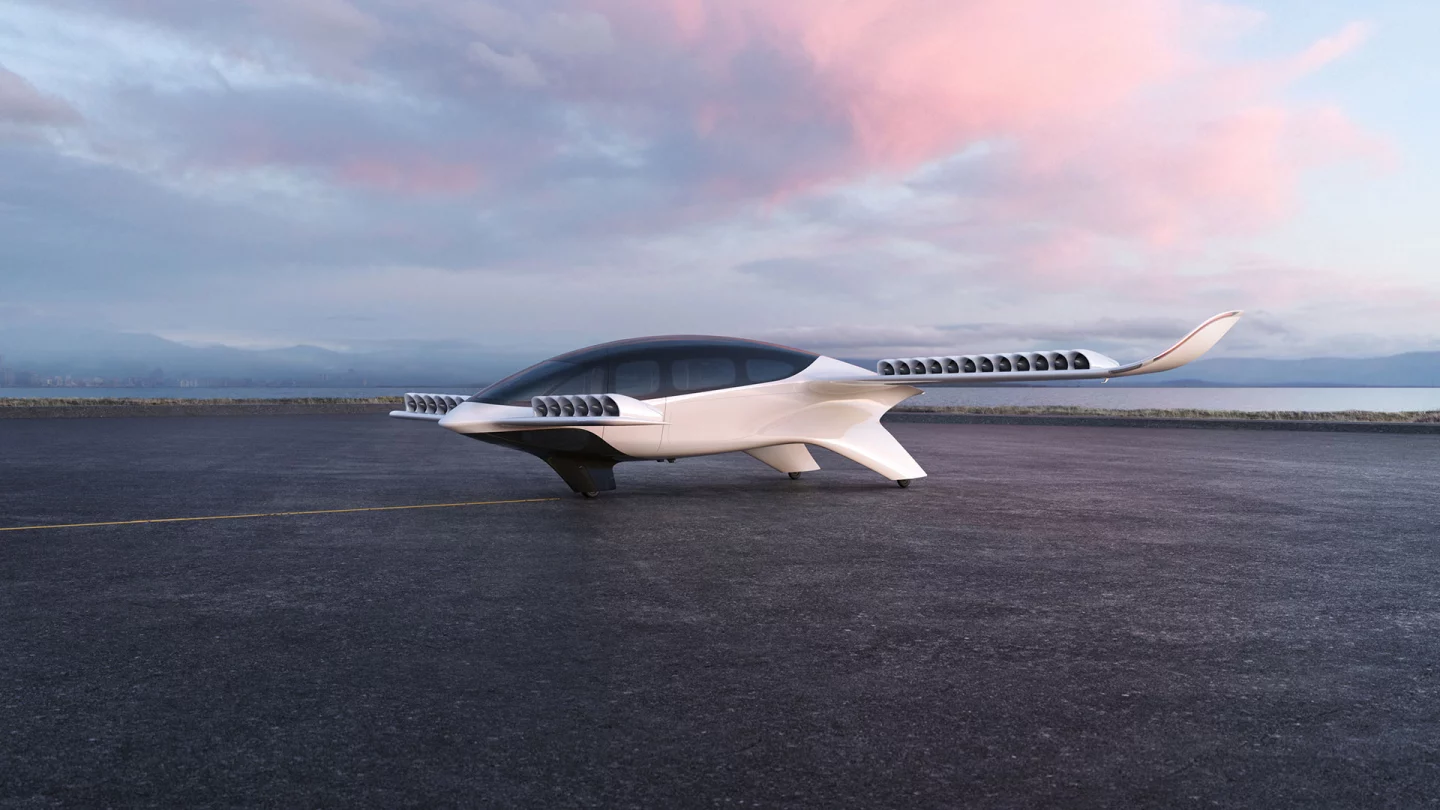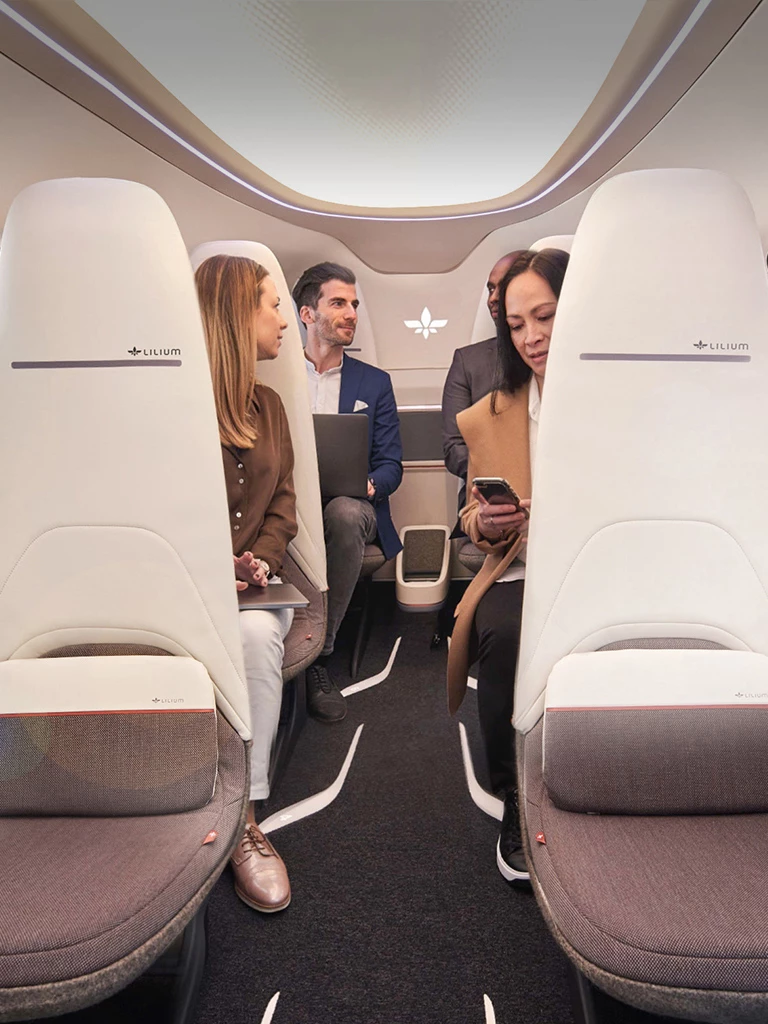Germany's Lilium has announced a 7-seat version of its gorgeous eVTOL air taxi, as well as plans to have a commercial operation up and running by 2024. Oh, and like approximately every other eVTOL company, it's headed to the NASDAQ through a SPAC.
The company says it has been working on this high-capacity version in "stealth mode" since 2018, and that the airframe received CRI-A01 certification basis from EASA in 2020. This does not mean it has received type certification and is ready to go as a commercial aircraft; CRIs are a formal document issued before type certification in order to highlight major technical, administrative or interpretation problems standing between a new aircraft and type certification. They can also be used to help align EASA with third parties like the US FAA, and indeed Lilium has applied for concurrent type certification with both boards.
The aircraft itself promises a cruise speed of 175 mph (280 km/h) at an altitude of 10,000 feet, and "a range of 155+ miles (250+ km), including reserves." We're not sure if that means the range figure takes reserves into account, or if it means the range figure would use up the full reserve capability, but either way it looks pretty decent for a battery-powered aircraft.
And especially one with seven seats. This becomes the biggest passenger eVTOL at the business end of the market, and hints at a business model treating these things more like minibuses than taxis – which isn't a bad way to start things off given the limited infrastructure they'll have access to when these air taxi operations first start taking passengers.

It's noteworthy that Lilium is sticking with its small, ducted "jet" fans, 36 of which are mounted in four tilting banks along the wings. These things look terrific; the Lilium aircraft is definitely one of the sexiest eVTOLs we've yet seen. With its curvaceous manta ray design and lack of big, dorky propellers, the Lilium looks like the future, where things with big, dorky propellers look like the past.
But while they capture the imagination visually, these tiny fans will have to work overtime to lift this machine, spinning far faster and likely drawing more power than something like the Joby Aviation design, which uses just six tilting rotors of much larger diameter. It's also unclear to us whether a bank of fans like that sitting on top of these thin wings will help or harm the lift and drag equations in horizontal flight.
Still, Lilium's claimed range is a cheeky five miles higher than the range Joby has been quoting, and even if those fans are operating at high RPMs, Lilium still claims they'll be quiet and civilized in an urban environment. So we'll have to see these things duke it out in the sky to find out which design really makes the most sense.

We might get the chance, too. Lilium says it's poised for a 2024 commercial debut, and to fund its way to that point, it's headed for the NASDAQ under a SPAC (Special Purpose Acquisition Company) listing, merging with Qell Acquisition Corp at a combined company value around US$3.3 billion and a US$10 per share PIPE price.
Listing on the stockmarket via SPAC, or "blank check company," is effectively a quick and dirty way for a company to go public and raise funds without the intense scrutiny and due diligence required for a traditional IPO. SPACs are companies that list themselves on a stock exchange as shell companies, with no products or commercial operations, purely with the intention of raising money to acquire or merge with some mystery company when an opportunity comes up.
The SPAC has variously been described as "the great 2020 money grab" and "a reprehensible instrument," and a study by Renaissance Capital showed that between 2015-2020, completed SPAC mergers have delivered investors a median return nearly 30% lower than traditional IPOs.
Still, it's much easier for the company in question, and it's not illegal, so for the time being, these SPAC listings are going absolutely gangbusters, and they're the only way for you and I to invest in companies like Lilium, as well as key competitors Joby Aviation and Archer. So best get used to 'em.
Source: Lilium







